Brazilian professor discovers forgotten musical teaching technique in Portugal
14 de February de 2025
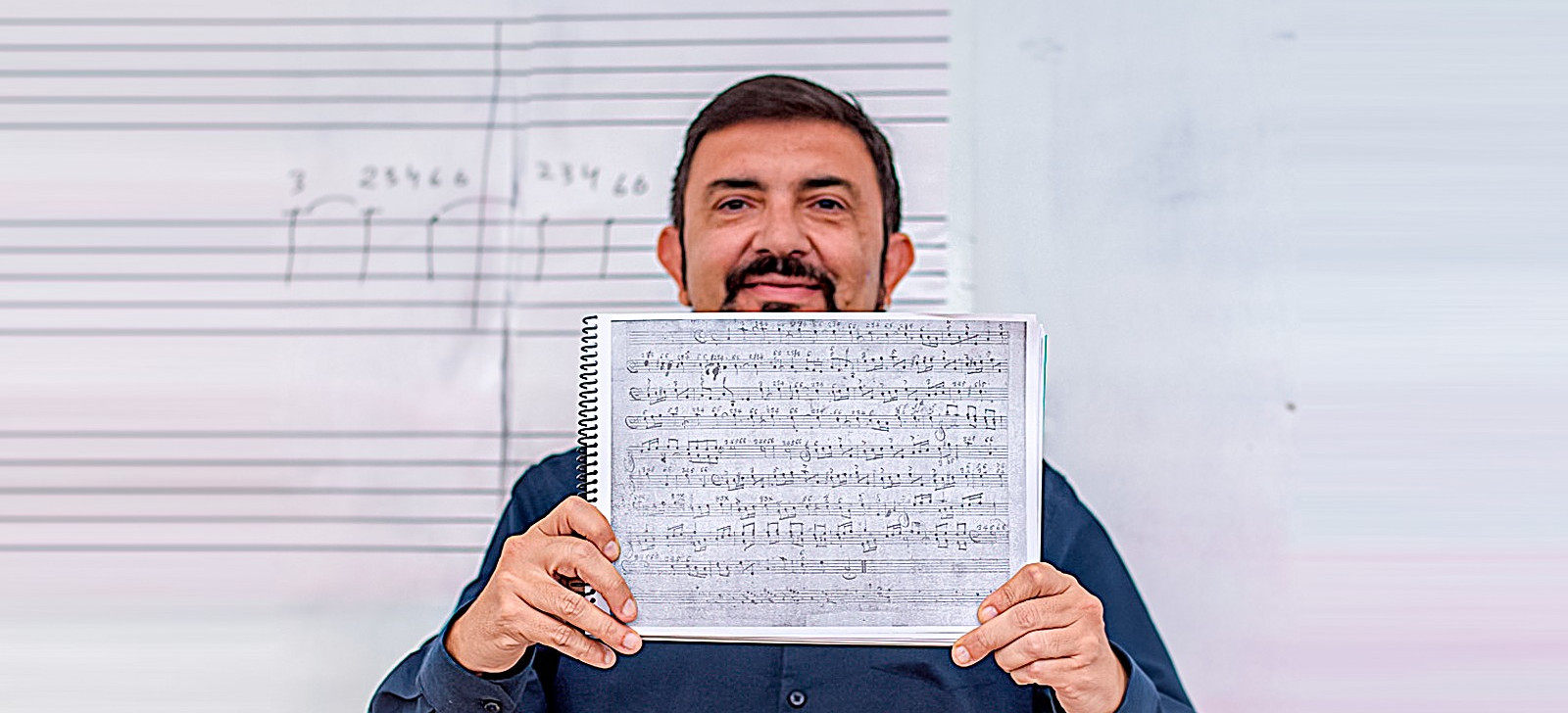
By Marcela Leiros – From Cenarium
MANAUS (AM) – At the National Library of Portugal, in Lisbon, the country’s capital, fifteen years ago, the professor from the University of the State of Amazonas (UEA), Mario Marques Trilha Neto, made a pioneering discovery in the field of classical music, which has been gaining recognition today. Among hundreds of historical documents, he casually found partimentos, educational materials used by music students in the 18th and 19th centuries that had been “forgotten.”
The partimento is similar to a traditionally used musical score that musicians read to perform compositions, but it is a separate part, containing only the left-hand line. “It resembles a part of the basso continuo accompaniment, but it is not really an accompaniment part,” explains the researcher. Sometimes, it contains numbers, which indicate melodic direction through intervals; other times, it does not. The material was used by musicians playing keyboard instruments.
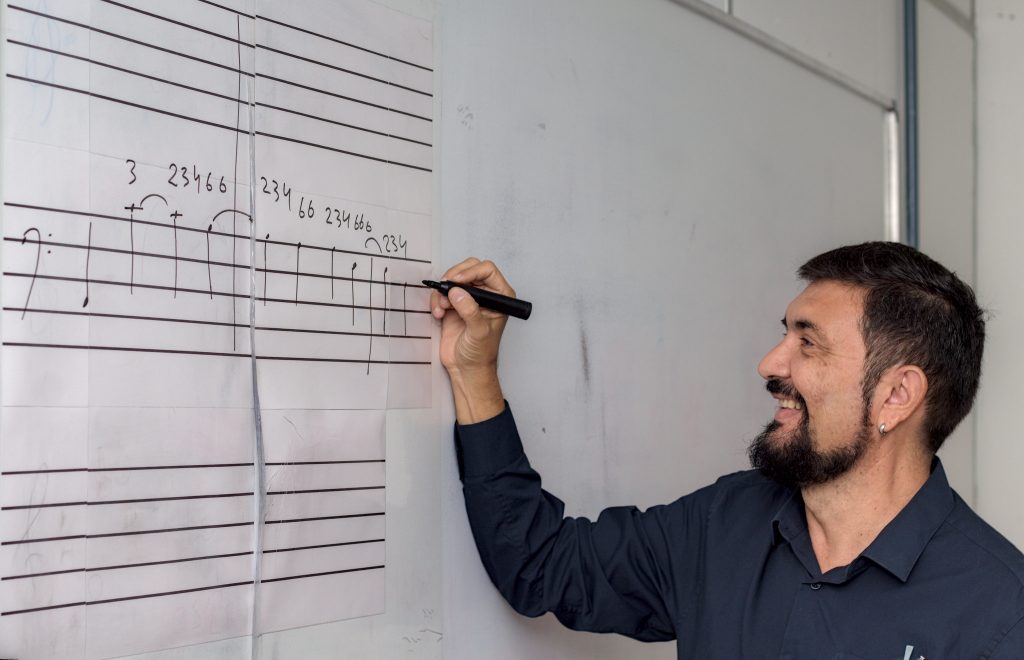
“But it is not exactly that. In orchestral or chamber music, the musician’s role is to harmonize in order to accompany someone, whether a singer, an orchestra, or another performer. However, in the partimento, the idea is to build a piece starting from the bass line. It serves as an introduction to learning,” he highlights, noting that the material also stimulates students’ creativity rather than restricting learning like traditional methods do.
“So, it helps to understand harmony, melodic direction, which is counterpoint, and also enhances creativity. It serves as a foundation for future improvisation. It is a very comprehensive material and was supplemented with other disciplines, especially solfège, which involves singing and reading scores, but not in the way we practice today,” he added.
Although Mario Trilha located the partimento in Portugal, its origins trace back to Italy, in music conservatories. The practice was forgotten and only began to resurface in the second half of the 20th century.
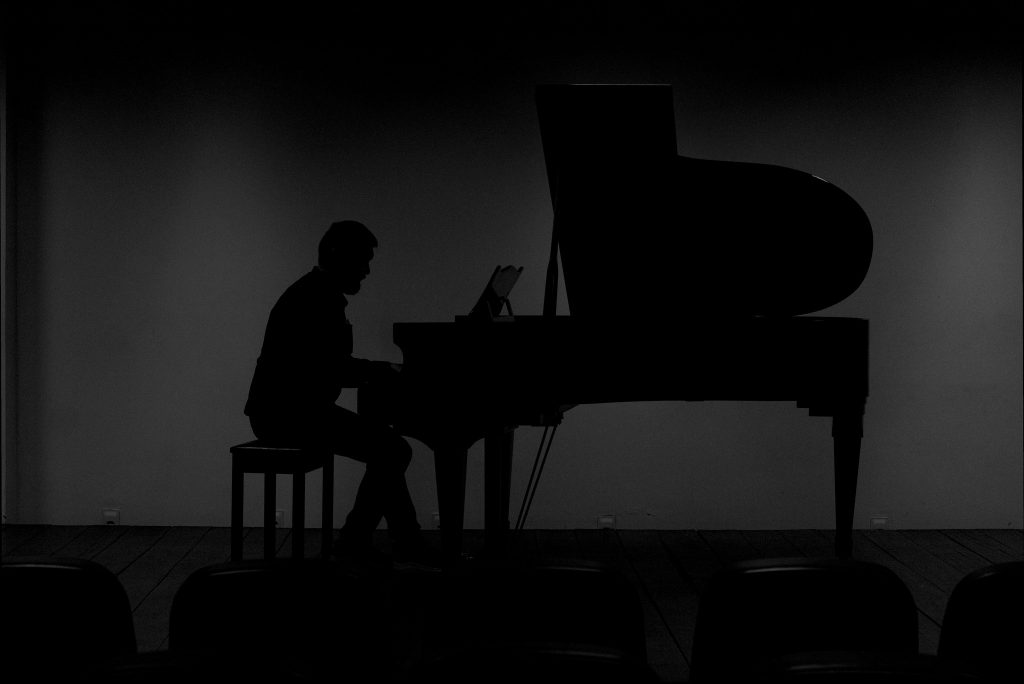
The Discovery
With degrees in Piano from the Federal University of the State of Rio de Janeiro (Unirio) and Harpsichord from the Conservatoire National de Rueil-Malmaison in France, Mario Trilha also holds a master’s degree in Harpsichord from the Staatliche Hochschule für Musik Karlsruhe in Germany and another in Early Music Theory from the Schola Cantorum Basiliensis Hochschule für Alte Musik in Switzerland.
However, it was during his Ph.D. in Music at the University of Aveiro, Portugal, in 2011, that he made the discovery. With his expertise in Early Music, he identified the partimento at the National Library of Portugal. The researcher explains that the material lacks detailed instructions, leaving room for the musician’s interpretation.
“This methodology contains little to no text because it was assumed that students had a teacher by their side. Therefore, there are almost no explanations, or none at all,” he said. “I began examining the material and recognizing it as partimento. However, since this tradition was lost, the library had cataloged it under counterpoint exercises, bass lines, harmony exercises, or loose bass lines. Librarians classified them based on the information they had.”
Beyond the National Library of Portugal, Trilha also found partimentos in Coimbra and Vila Viçosa. In Coimbra, the material was stored inside a drawer at the Faculty of Letters.
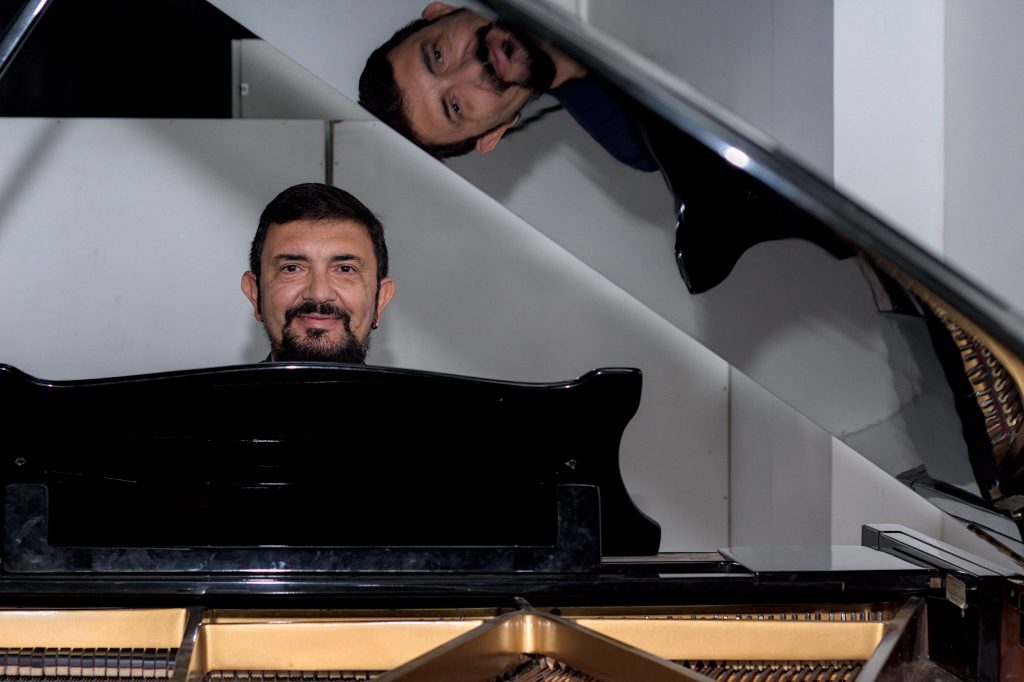
In Brazil
There are also historical records of partimentos in Brazil, particularly after the arrival of the Portuguese Court in the country, says Mario Trilha. The researcher explains that King Dom João VI was “crazy about music” and brought the Portuguese composer Marcos Portugal, who taught Dom Pedro and his sisters. Here, the musician reconstructed the partimento, but what was recorded was only the solfège method – the art of reading and singing musical notes – with accompaniment.
There are also possible records of partimentos created by the Brazilian priest José Maurício Nunes Garcia, according to accounts from one of his sons. “His son provided an account, and later, more reports emerged about this methodology being used in Brazil until the late 19th century. So, it happened here as well, particularly after the Court settled in Rio de Janeiro,” recalls Trilha.
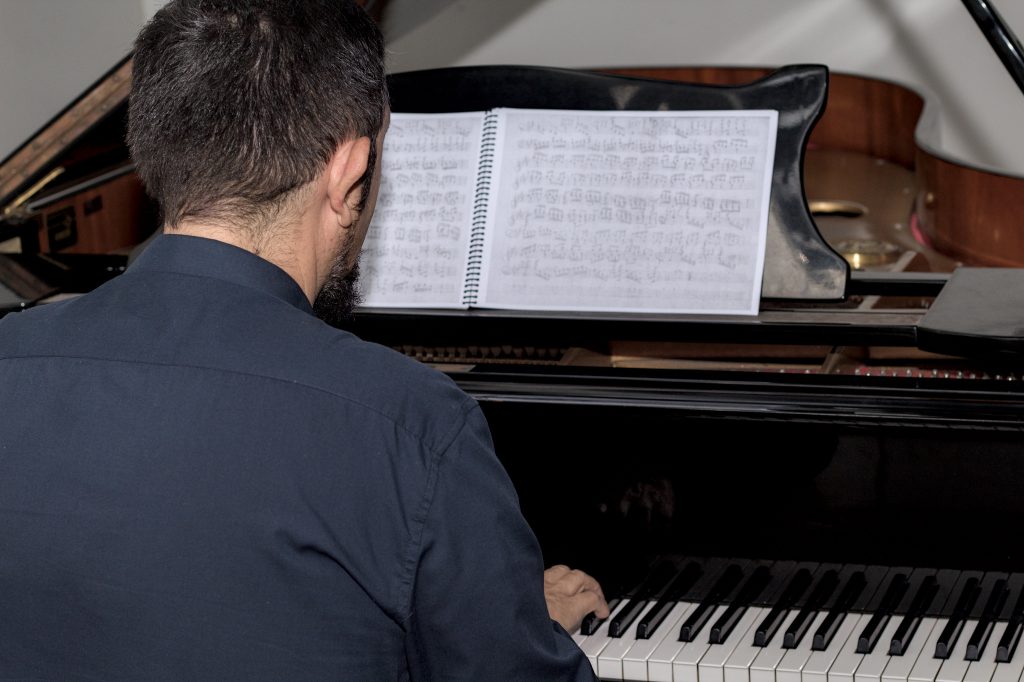
What Changes?
According to the researcher, the method allows for a better understanding of counterpoint, which is the melodic relationship between voices, and harmony. However, more studies and interpretations are necessary. Besides keyboard instruments, the method can also be adapted for the guitar.
“It is something new, even for me. Many aspects remain open questions because the material is very broad, and since there are few written examples of what was considered a proper realization, with little text, even leading experts have differing opinions on how to apply it. It is exciting because it represents a new field in musical education, a very valuable teaching tool,” he adds.
Conference
The discovery led Mario Trilha to the Symposium: Partimento – Realizing its Potential, which took place in Vienna, Austria, from November 12 to 15. The event was the first major international conference in the field.
On the occasion, the professor from the Department of Music at the Higher School of Arts and Tourism of the University of the State of Amazonas (Esat/UEA) presented his research titled The Partimento in Portugal in the 18th Century. “It is a new area with great potential because this material allows for many possibilities and insights,” he concluded.

